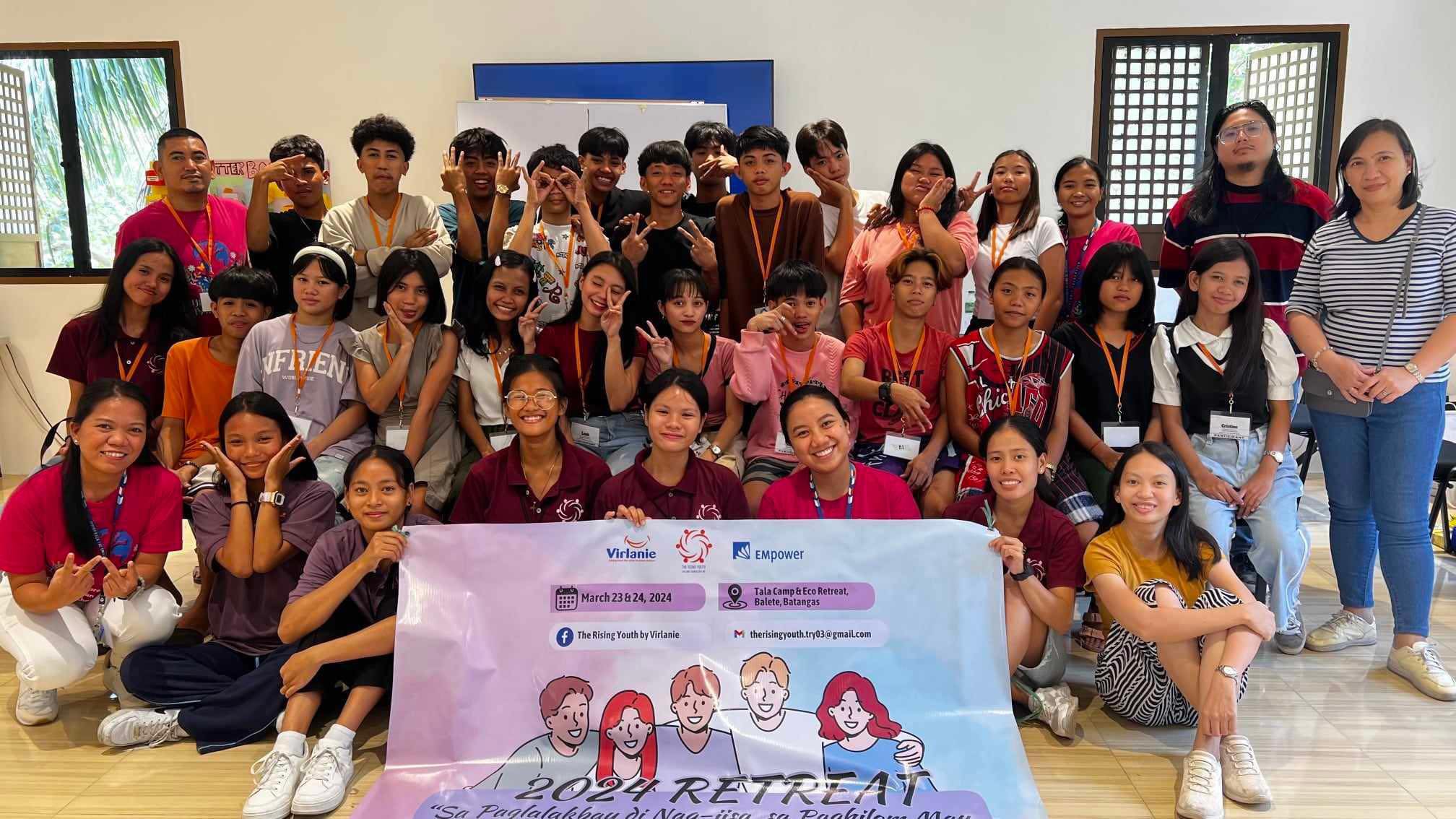
Every child has the right to grow up in a family environment, free from fear and adult responsibilities and given the opportunity to enjoy and play. However, there are millions of children who are being denied of this right. Most of them are street children.
Virlanie works to rescue these children from a highly dysfunctional and potentially dangerous family environment. However, Virlanie still respects the children’s right to be reunified with their families. Virlanie believes that when and if the family is ready, reunification is for the child’s best interest.
Virlanie started the Family Reunification Program (FRP) in 2000. Through its supporters, FRP secures children’s safety and well-being by providing services that engage, involve, strengthen, and support families.
Ma Cristina Combo (often called Ate Tina), FRP Coordinator, shares her experiences in working to reintegrate children into their own families.
Can you describe your work at FRP?
I have been working at FRP since its inception. For 16 years, I have been working closely with the residential social workers and assessing children as well as their remaining family for future reintegration. I also network with the local social workers from the government and other agencies for easier monitoring of the beneficiaries. This way, we can lessen the possibility of children returning to the foundation or worse, going back to the street.
What are the criteria for a family to be reunified with the children?
We reunify the children with a family member/relative who verbally expresses willingness to take custody of the child. He/she should regularly visit or communicate with the child through phone calls and letter writing. He/she should establish positive relationship to the child as well as to all family members. He/she should have a regular source of income and a decent house where space is enough for the whole family members with water & electricity supplies. He/She should be physically able to take care of the child.
We try to look for their remaining relatives. for children who:
– have no immediate family to reunify with
– orphaned; whose parents are both in jail
– who was previously abused or neglected by the biological parents (physical, verbal and/or sexual)
– whose parents/family live in the street
– whose parents are incapable due to serious illness, substance abuse, lack of parental skills AND/OR
– psychological problem detrimental to their well-being
Can you walk us through the process of reunifying children with their families?
Reunification process employs four (4) phases to ensure successful reunification of the children to their respective families/ kins.
It starts with (1) exploration phase where we coordinate with municipal/ city/provincial social welfare department offices and barangay (native Filipino term for a village, district or ward) council to gather information and conduct interviews with the family. Through these interventions, I was able to know more about the family/relatives.
The next phase is (2) assessment. I assess the capability of the families/relatives to take care of the child/ren using program assessment tool. This is done through series of home visitations, meetings with the parents/relatives, local DSWD social workers and barangay officials. At this phase, both the families/kins & child/ren are also being prepared for their eventual reunification through meetings/dialogues, evaluations, etc.
The third phase is the actual (3) reunification of the child/ren to his/their families. In the process, they will undergo thorough orientation of program, services, policies, their counter-part responsibilities and they will sign related documents. As part of this phase, the child/ren were also endorsed to local government entities for easy access of support and immediate assistance in case problem arises.
The last phase involves (4) after care where families will be monitored through home and school visitations. The children will receive educational assistance. Monthly phone coordination to families/kins & teachers to monitor their home and academic performances also occur.
What are the challenges you face every day?
This is not a challenge from my side, but more on the family’s. Since we offer counselling services to the families, I am faced with several situations where I needed to talk a lot to the child and the family members. Because the children stayed at Virlanie home for some years, it is inevitable that the children change a lot and it requires time for them to adjust to their ‘new’ environment. Monitoring the children who were reunified and are now located at different parts of the Philippines is a daily challenge for me.
What are the magic moments that push you to continue? Can you share a few?
I know for a fact that the children strive to finish their education and they are motivated. I get inspired when they could finish their studies and eventually land a good job. That’s when I know they can contribute to the financial needs of the family or they could live on their own.